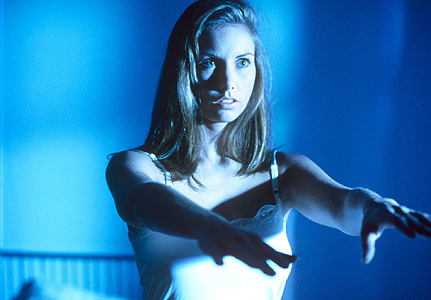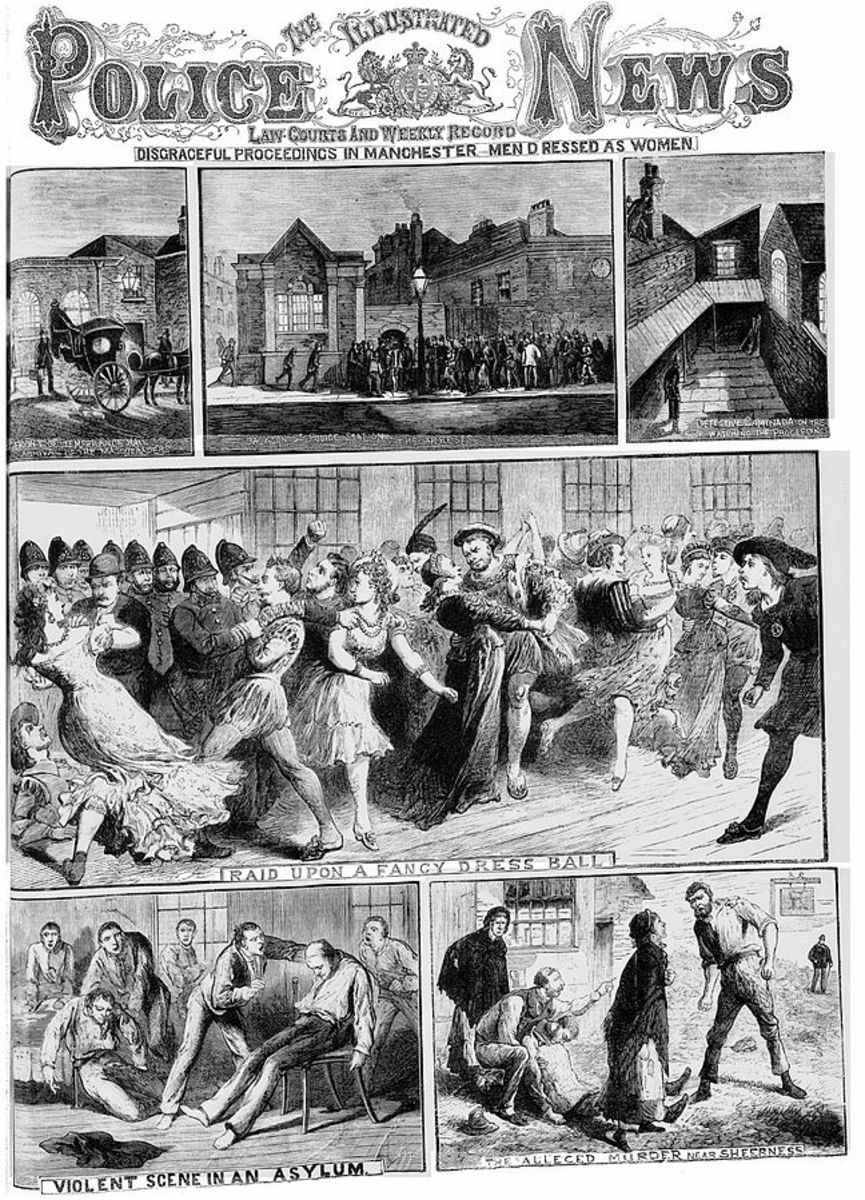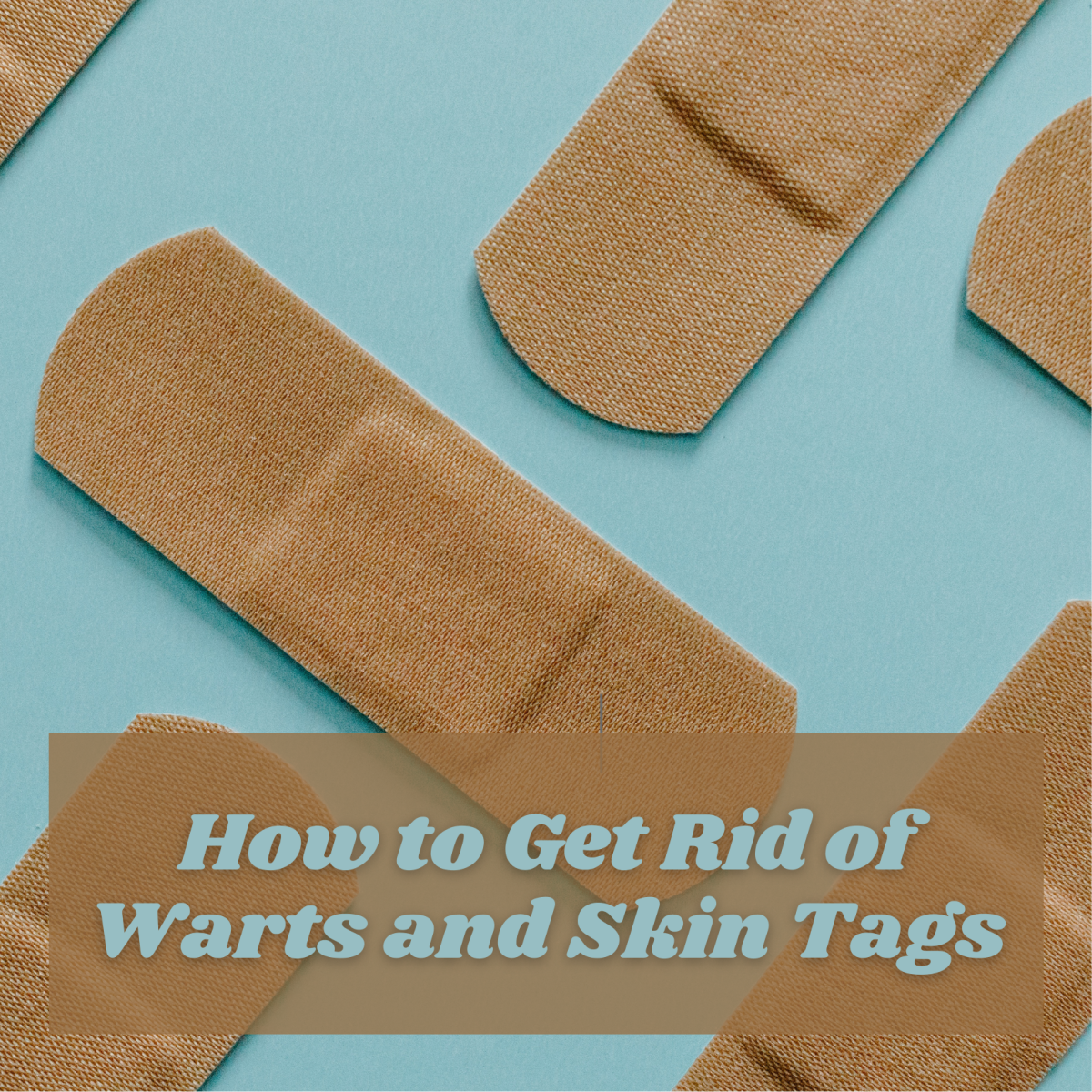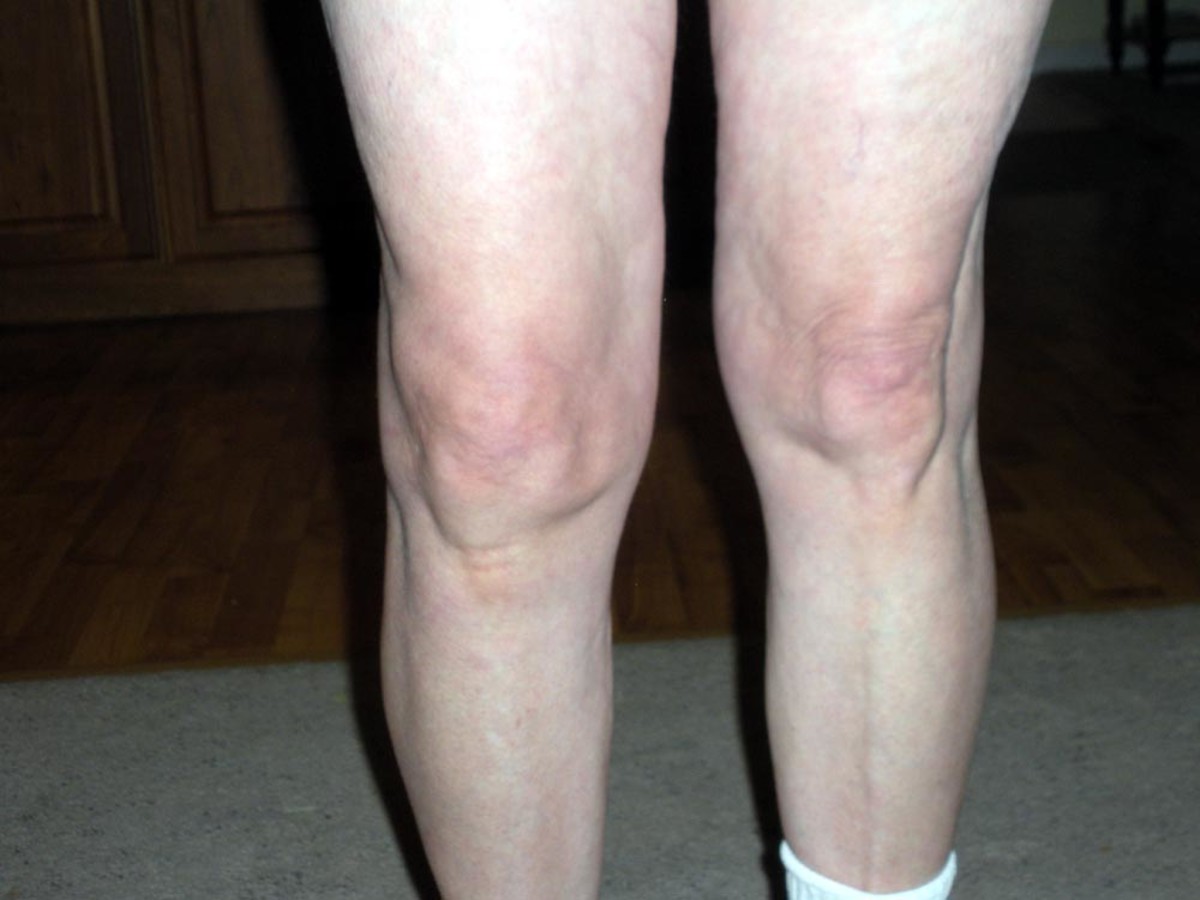Sleepwalking in Adults: Stories, Tips and Tricks

According to various online sources, sleepwalking in adults occurs in about four percent of the population. For children, the number is larger, at about ten percent. Despite the constant stories from friends about their nighttime escapades, sleepwalking is factually not as common as you may think it is. In the same vein of thought it is also not as funny as the stories I’ll share may make them seem.
While most sleepwalkers are not even minutely cognizant of their surroundings while sleepwalking, there are small amounts that are quite aware, and yet not at liberty to end the sleepwalking episode- me being one of them. I have routinely babbled in my sleep, left my bed and gotten into inordinate amounts of trouble since I was a child, and it has actually gotten worse the older I’ve gotten. I’ve googled sleepwalking in adults many times and uncovered the same basic information that can be disheartening when one is truly looking for some sort of solution to disrupted sleep and frustrating episodes.
Some sleepwalkers can easily pinpoint their sleepwalking predisposition on genetics. While genetic evidence for sleepwalking is not rock solid or completely understood, sleepwalking in adults forms recognizable clusters in family groups; as in my case, when a father sleepwalks, there is a possibility that one or more of his children may also have the same predisposition. Other outside factors that can trigger sleepwalking include illness, alcohol and caffeine, stress and sleep deprivation.
Sleepwalking in adults can be physically exhausting when it interrupts your normal sleep patterns. It can be frustrating and stressful and in some cases, dangerous. Living alone can be frightening when you suffer from episodes that have you mobilized around your house and even outside. I am commonly asked whether I have ever left my house/apartment/tent during sleepwalking, the answer being yes. At camps over the summer, in remote parts of Michigan, I have woken up physically, but my brain remains in its dream state. Disoriented and struggling to match up what my eyes were processing to what my brain was creating, I found I couldn’t untie the tight knots we’d used to keep our tent flaps shut. In my growing muddled fear, I ended up ripping the tent stakes out of the ground, collapsing my half of the tent and slipping out barefoot in my pajamas.
After walking for several minutes, I became vaguely aware that I was supposed to be in bed, not wandering the moonless woods at this ungodly hour. Somehow (and I have absolutely no memory of this) I made it back to my tent and woke up with dirty feet and tent in my face. It was frightening to know I hadn’t been able to control it. There was no promise that I was going to be able to return safely. Chances were more likely that I was going to wake up utterly lost and barefoot and seriously freak out.
Besides new places triggering sleepwalking in adults, stress is also a common cause for triggering episodes that relive or rehash daily events that the sleeper found stressful. When I started working at Jimmy John’s the summer after graduating high school, I worked drive thru by myself. The restaurant was ridiculously busy, and I was expected to take all orders, take care of register, fill drink orders and send the customer on their way as fast as humanly possible. While this is old hat to many fast food guru’s, it was a whole new level of stress and it interrupted my sleeping habits for three weeks straight.
I was never aware of when the episode would start, but I would become faintly aware that I was sitting up in bed, staring at the opposite wall, reliving the events of the day. I would search frantically in my covers, uprooting my sleeping cat as I searched for bread, sliced meats and rubber gloves because I needed to make a sandwich. The customer was waiting! This was compounded by waves of “Omigosh, I’m in my pajamas. I’m barefoot!! What kind of a person goes barefoot to work? Where are my shoes? How can I get dressed in my uniform and put my shoes on without them noticing?” ‘Them’ was usually the distorted shadows of my coworkers, hovering on the edge of my vision, moving sinuously along my walls and furniture, unresponsive and yet demanding.
The height of these episodes occurred near the third week when I woke and actually made it out of bed, tearing apart my room as I searched for the elusive box of rubber gloves. In frustration I screamed “WHERE ARE THE RUBBERS?!” And then dissolved into manic giggling as I realized what I’d said. I can only imagine how unsettling it must have been for my father, who came galloping down the hallway at the sound of his eldest daughter yelling for condoms in the middle of the night, only to find her on the floor of her previously clean room, laughing shrilly and babbling about how she was going to get fired. I started taking melatonin after that at my father’s tired request.
These sorts of events occurred after lacrosse games, dances and exams and because of their frequency, started to be debilitating. I never went to a sleep clinic for treatment during the height of my episodes, but I realize I should have. A solution would have been invaluable and could have helped tremendously. Indeed, it’s recommended for adult sleepwalking, as it can uncover possible illnesses, like Parkinson’s. Instead, I took matters into my own hands.
I started with notes, which in the darkness of my bedroom were probably not well thought out, but helped anyway. I left them wrapped around my cellphone and covering my clock—both of which I always ended up glancing at during sleepwalking episodes. Generally they helped me convince myself I was sleeping and allowed me to go back to bed once I could wrap my mind around the fact that it was three in the morning, and Jimmy John’s was closed. The notes were scrawled with angry words like “You idiot! You’re sleeping. Go back to bed.” Or “Nobody is there. You’re in bed, stupid.” I hoped that if I had occasion to reach for either timepiece, I would discover the message, and somehow read it in the dark and comprehend it. I never actually uncovered these notes during my episodes, but they helped in some sort of psychological way, because when I used them, I never slept walk.
On the nights when I wasn’t aware of my sleepwalking and was dead to the world, I generally left my bedroom. To prevent this, I began leaving my bedroom door shut, with staples taped to the knob, turning it into some sort of metallic porcupine. The sharp pricks to my palm as I tried to open the door were often enough to jerk me awake. When I moved to college, I made sure to inform my roommates about my tendencies and assured them I was not violent and had never even touched anybody during my episodes. This can occur in some sleepwalking cases, and those who suffer from such episodes should immediately visit a sleep clinic for diagnosis and treatment.
I instructed my roommates to wake me up if I began to wander. I told them to speak to me and ask me questions or even touch me if necessary. This didn’t quite work out because my roommate confessed she ‘doesn’t like touching sleeping people’, but the odds of having a roommate with such a fear are slim. Instead, she wakes me up by talking to me and asking me if I’m okay. She, like most others, recognizes a sleepwalker by the glassy eyes and somewhat mumbled speech, as I exhibited on one excursion to the bathroom where I fumbled in the sink for no apparent reason. Upon my disheartened return to bed she asked if I was okay, and I responded sadly that I had been searching for something, and unable to find it; by then the glassiness was fading from my eyes and I went back to sleep without further interruption.
Sometimes sleepwalkers can interact with other people without realizing it. A week ago, I very nearly attacked my roommate in the middle of the night because I had mistaken her for an overloaded tray of spaghetti. You see, I thought I was at work again. My roommate would have been sorely displeased and I was utterly bewildered. It can be a shock when a tray of spaghetti suddenly turns into a screaming person at two in the morning.
Sleepwalking in adults, as evidenced, can be exhausting, confusing, and even dangerous, especially if it happens as the root of an underlying cause. If you are an adult who suffers from sleepwalking, I would suggest you spend a couple of nights in a sleep clinic or see your doctor for treatment and diagnosis. A good night’s sleep is worth it.








